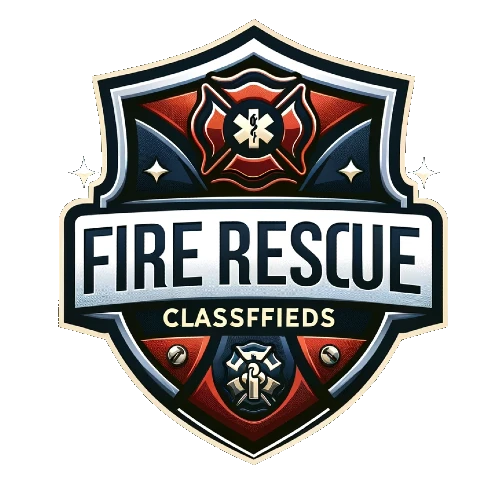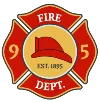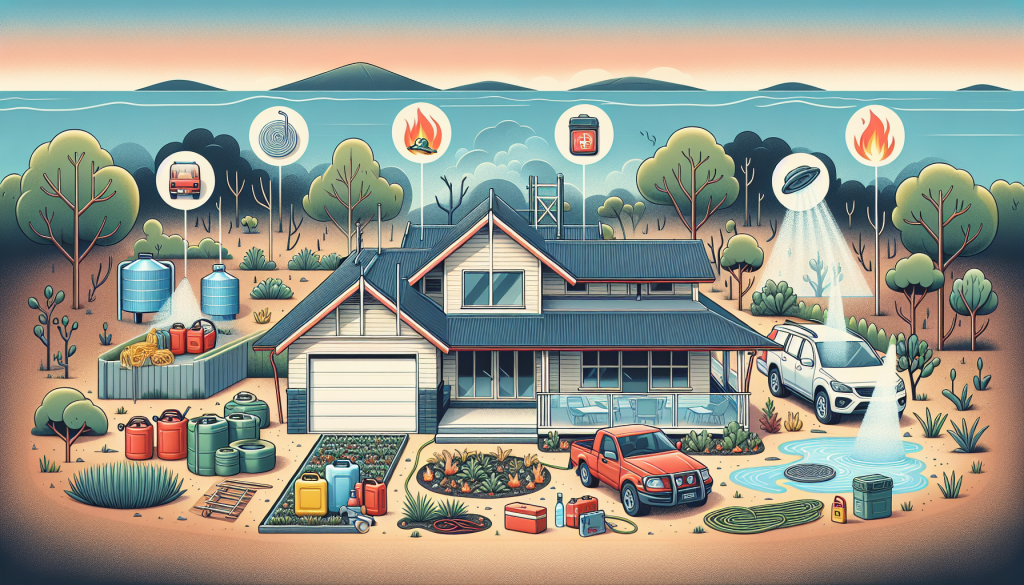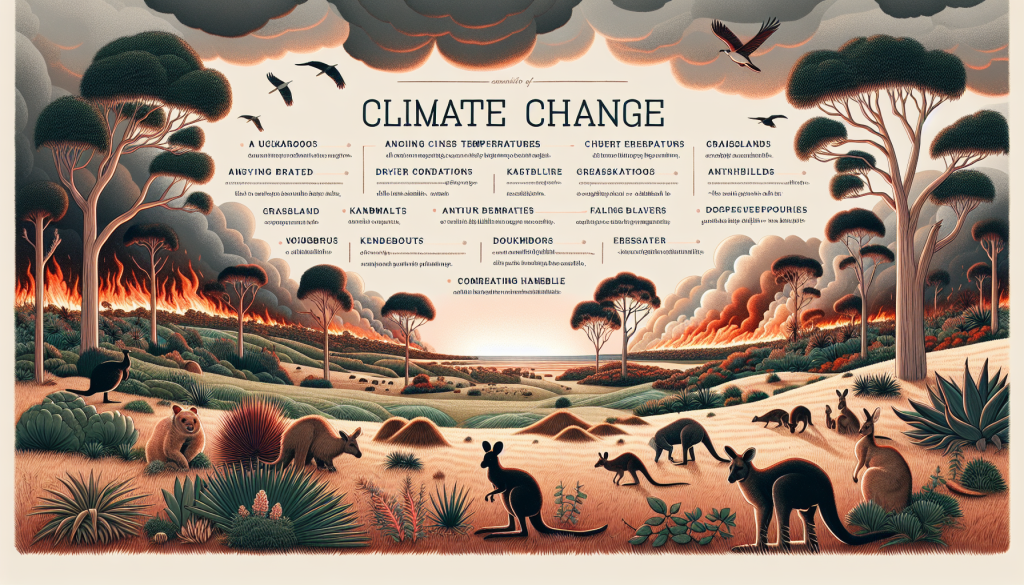Now Reading: Understanding the Science of Bushfires: An Essential Guide for Fire Safety and Prevention
- 01
Understanding the Science of Bushfires: An Essential Guide for Fire Safety and Prevention
Understanding the Science of Bushfires: An Essential Guide for Fire Safety and Prevention
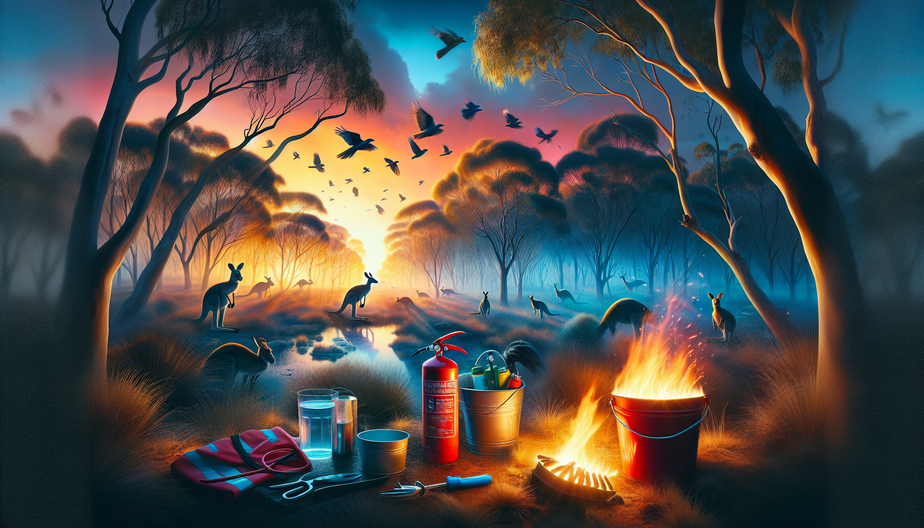
When you think of bushfires, what comes to mind? Roaring flames tearing through forests? Brave men and women in firefighting gear battling the blaze? The truth is, bushfires are a complex natural phenomenon—one that can cause disasters for homes, communities, and ecosystems. And let’s face it, they’re too serious to leave to chance. Here at Fire Rescue Classifieds, we’re passionate about fire safety, so we’re going to explore what makes bushfires happen. Why? Because the best weapon against fire is knowledge (well, that and a fully equipped fire hose, but you get the idea).
Ready to become a bushfire expert? Let’s dive into this discussion (but safely, of course)!
What Exactly Are Bushfires?
Picture this: dry grass, a stray spark, a hot breeze—and poof! A bushfire is born. But what exactly is a bushfire, scientifically speaking? Simply put, a bushfire is an uncontrolled fire that burns through natural vegetation, typically in rural or forested areas. They’re Mother Nature’s way of showing us just how powerful she can be.
The Ingredients of a Bushfire
Think of bushfires as nature’s ultimate recipe—three ingredients are all it takes to cook up a fiery storm:
- Dry Fuel: Dry leaves, grass, shrubs, and wood are what fire feeds on.
- Heat: High temperatures or sparks (from lightning or careless bonfires) start things off.
- Oxygen: Fires need air to breathe. Without oxygen, there is no fire.
Add some strong winds, and you’ve got a recipe for disaster. Wind fans the flames and sends them racing across landscapes in what feels like no time.
Fast Facts About Bushfires
- Where do they happen the most? Australia is the bushfire hotspot—it even has a “fire season”! The United States (especially California), Mediterranean regions, and parts of Africa also deal with major wildfire activity.
- Historical havoc: The 2019–2020 Australian bushfires (nicknamed “Black Summer”) burned 46 million acres, destroyed countless homes, and wiped out an estimated 3 billion animals. It was heartbreaking.
- Economic damage: These fires cost billions in recovery efforts and have significant effects on people’s mental health and livelihoods.
The Science of Bushfires: Breaking It Down
Get ready for some important facts about fire! To better understand how to fight or prevent bushfires, we need to look at the science behind what keeps them going.
Meet the Fire Triangle
Fire doesn’t just randomly happen. It needs three elements to keep burning—a concept known as the fire triangle:
- Oxygen: All living things need oxygen to survive. Fire is no exception.
- Heat: Without enough heat, the fuel won’t ignite, and the fire fizzles out.
- Fuel: Whether it’s dry grass or wooden furniture, fire feeds on something to keep burning.
Take away any one side of that triangle, and the fire is as good as gone.
How Do Bushfires Spread So Quickly?
- Weather: Strong winds push fires faster than a cat runs when it hears the vacuum cleaner. Wind also carries embers away, sparking new fires along the way—this is called “spotting.”
- Topography: Fires love to climb. Surprisingly, flames spread faster uphill because heat rises.
- Fuel Load: When dry vegetation is abundant, fires can burn hotter and longer.
Climate Change and Bushfires: A Fiery Connection
Unfortunately, bushfires aren’t just a natural phenomenon anymore. As global temperatures rise due to climate change, so do the risks of devastating fire seasons. Hotter weather dries out vegetation, making them ready to burn. Add long droughts and unpredictable weather patterns, and you’ve got a fire season that even Smokey Bear would worry about.
The Dangers of Bushfires: Why It’s Everyone’s Problem
Let’s talk about impacts. Bushfires don’t just stop at burning forests—they leave big problems behind.
1. Human Risks:
The most obvious danger is to people. Lives can be lost, homes destroyed, and entire communities turned to ash. Even when you’re outside the fire zone, smoke can cause serious health issues (like asthma flare-ups).
2. Wildlife Woes:
Remember the koala who became the face of Australia’s Black Summer? He wasn’t alone. Bushfires hurt ecosystems, killing or moving countless animals. Sadly, recovery can take years or even decades.
3. Environmental Devastation:
When vegetation burns, soil loses its nutrients. This creates a problem of erosion and damage to water systems. And don’t forget the carbon emissions released during these fires—they’re a big part of climate change.
4. Economic Fallout:
Besides the emotional and environmental problems, there’s also the cost. Governments and communities spend billions covering damages, firefighting equipment, and rebuilding efforts.
Fire Safety Tips That Could Save Your Bacon (and Your House)
Preventing bushfires—or at least reducing their impact—is something we do together. You don’t need to be a firefighter to help. A little preparation goes a long way!
1. Ready Your Home
- Clear gutters of leaves and debris. It’s a chore, but no one said fire safety was glamorous.
- Trim branches and shrubs near your house. Keep a 3-foot “safety zone” around your property.
- Use fire-resistant materials when renovating (metal roofs instead of flammable wood shingles).
2. Make a Fire Plan
- Set up an evacuation strategy. Practice it so everyone (yes, even the dog) knows what to do.
- Pack an emergency kit with essentials: water, non-perishable food, first aid supplies, flashlights, and a battery-powered radio.
3. Stay Alert
- Bookmark fire weather warnings from alerts in your area. Knowledge is power.
- Put out all campfires completely. Leave no embers behind.
- Don’t use machinery like chainsaws on high fire danger days. One spark is all it takes.
4. Community Counts
- Get involved in fire safety workshops offered by local firefighters. You’ll learn helpful tips and make friends who care about fire safety as much as you do.
- Share information with neighbors and friends. Teamwork makes the dream work.
Big Picture Prevention Strategies
Here at Fire Rescue Classifieds, we know how important community-level and government-level actions are. True prevention needs a big-picture approach.
1. Controlled Burns:
Believe it or not, controlled burns can prevent bigger disasters. By carefully lighting small, manageable fires, firefighters get rid of extra fuel (like dry vegetation) before it can ignite naturally.
2. Vegetation Management:
Using less flammable plants around properties can slow fires down. Fun fact: Did you know succulents are great fire-resistant plants? They’re both pretty and practical!
3. Firebreaks:
Firebreaks act as barriers—natural or man-made gaps where fires can’t spread. Think of them as essential dividers.
4. Fire-Resistant Building Codes:
Governments can require fire-prone areas to use fire-resistant materials or make zoning laws that keep new developments safer from bushfire risks.
Why We All Need to Step Up
If you’ve learned one thing by now, let it be this: Bushfires are serious, but informed action is powerful. Governments and firefighting organizations are doing their part, but we all have a role to play. Whether you’re clearing your yard, teaching your neighbor, or investing in fire prevention tech, every little bit helps.
Got a passion for fire safety or firefighting? Then you’re in the right place. Fire Rescue Classifieds is your go-to place for all things fire-related, from industry news to equipment listings. When it comes to fire safety, the best thing you can do is take it seriously while keeping a friendly, proactive spirit.
So, there you have it—a masterclass in bushfires, served hot but safe! Stay informed, stay prepared, and keep smiling (preferably far away from any flames).
